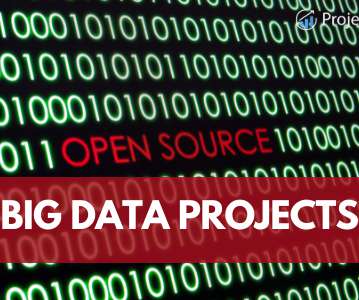Data Engineering Glossary
Silectis
JANUARY 3, 2021
Data Architecture Data architecture is a composition of models, rules, and standards for all data systems and interactions between them. Data Catalog An organized inventory of data assets relying on metadata to help with data management. Database A collection of structured data.












Let's personalize your content